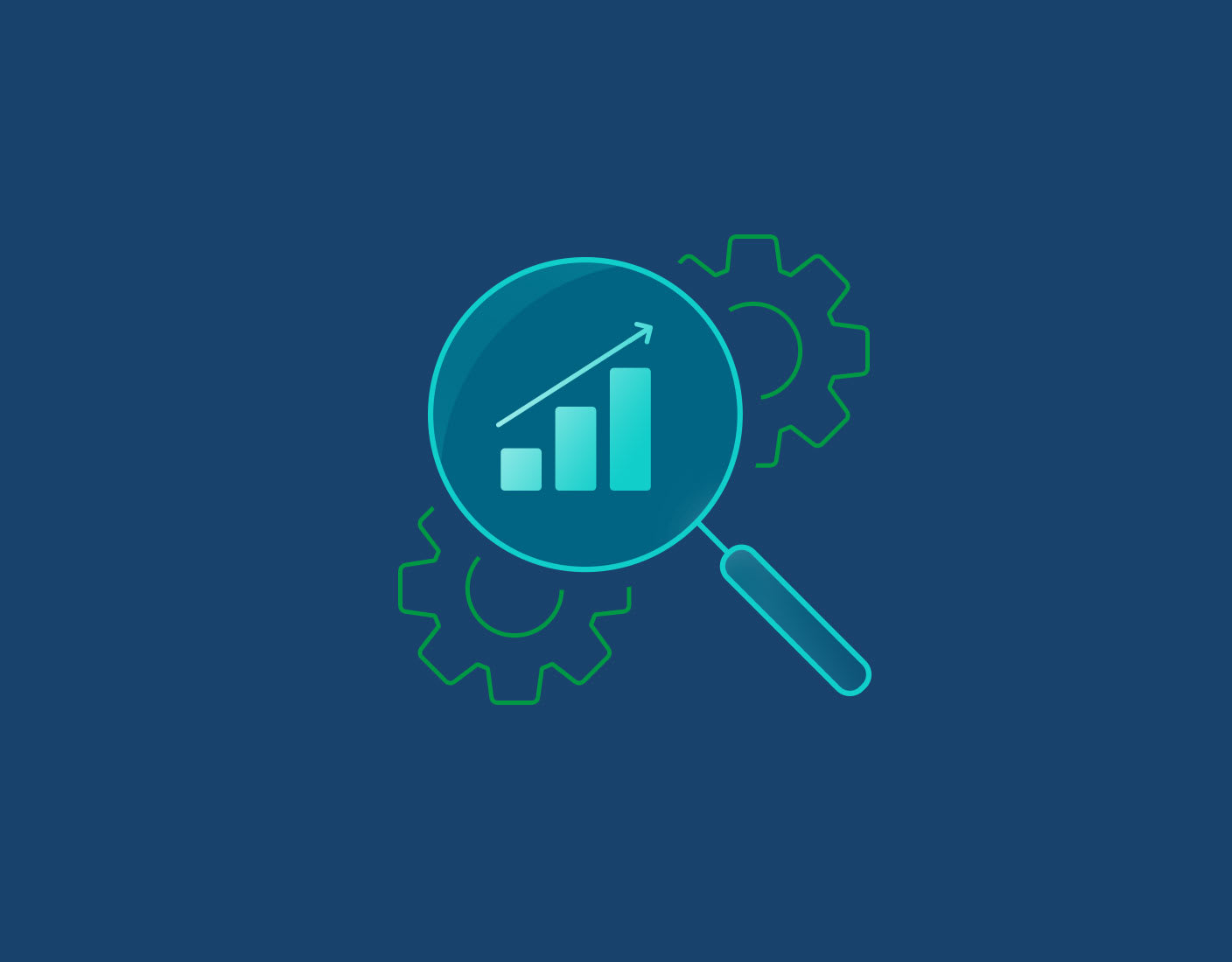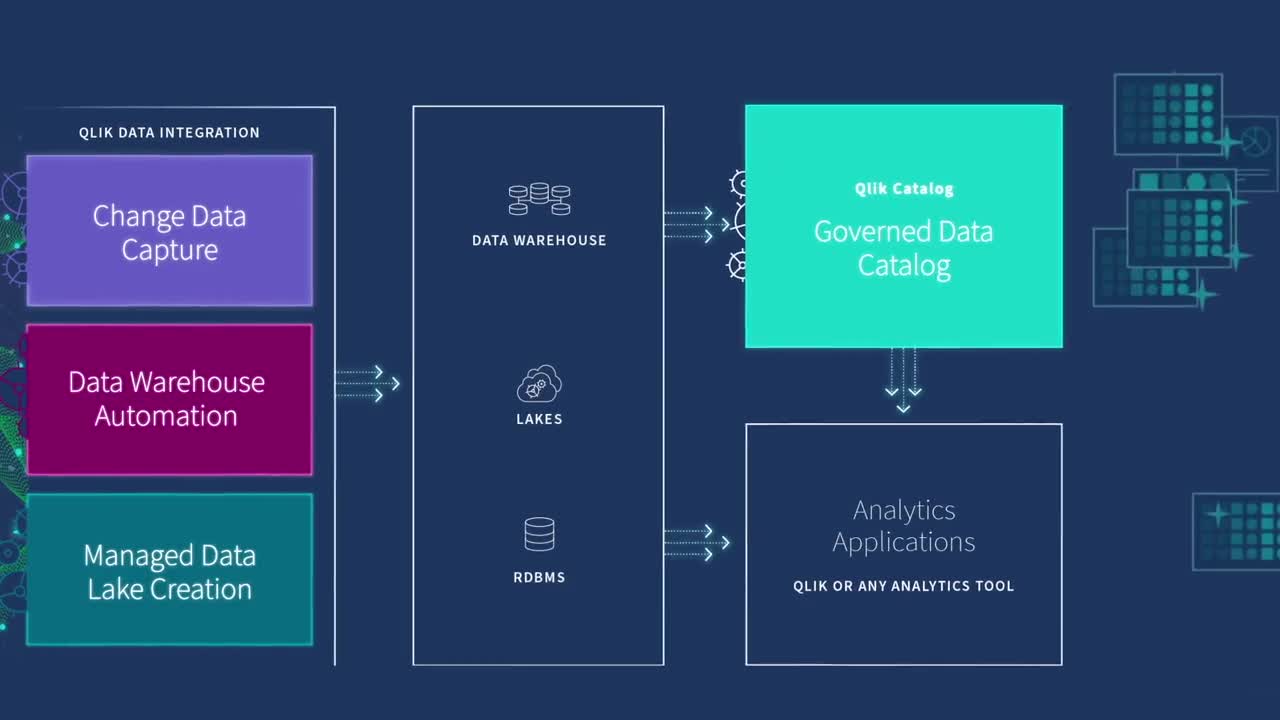
Oracle CDC
Oracle Change Data Capture — What it is, Why it Matters, Tools, and Best Practices.

What Is Oracle CDC?
CDC (change data capture) is the process of identifying and capturing changes made to data in a database and then bringing the changes in real-time to another system.
Oracle CDC, or Oracle change data capture, is a technology used for detecting and capturing insertions, updates, and deletions that are applied to tables in an Oracle database. An essential feature of any Oracle replication solution, Oracle CDC identifies and records changed data in a relational format suitable for consumption by ETL, EAI, and other applications.
For organizations using Oracle databases, Oracle CDC reduces data warehousing costs and facilitates real-time data integration by allowing you to extract and load data into your data warehouses and other data repositories incrementally or in real time. By letting you transfer only the data which has changed since the last extraction, Oracle CDC eliminates the need for bulk load updating and batch windows that can disrupt users and your business.

The Shift From Trigger-Based to Log-Based Oracle CDC
In 2001, with the release of Oracle 9i, Oracle first provided users of its database with a built-in mechanism for tracking and storing changes as they happen—a native CDC for Oracle feature. The major disadvantage of this initial version of embedded Oracle CDC was that it depended on the placement of triggers on tables in the source database. DBAs were therefore reluctant to use the technology in anticipation of the processing overhead.
With the release of Oracle 10g, however, Oracle introduced a new Oracle CDC technology that used database redo logs and a built-in Oracle replication tool called Oracle Streams to capture and transmit data changes without using invasive database triggers. This new form of Oracle CDC was essentially a log-based form of change data capture that was lightweight and did not require changing the structure of source tables. Although it has been a popular feature of the database, Oracle decided to no longer support change data capture with the release of Oracle 12c, encouraging users to switch to their high-priced Oracle replication software solution, Oracle GoldenGate.
Change Data Capture 101: What Works Best and Why
Modern data analytics have the potential to reinvent your business. But to take advantage, IT has to reinvent how they move, store and process data. And integration is a big challenge.
A High-Performance Data Replication Solution With Built-in Log-Based Oracle CDC
Understandably, many firms have been reluctant to make the transition to Oracle GoldenGate because of its high licensing costs. For firms looking for a fully automated and universal alternative for database replication and change data capture, Qlik Replicate® might just be the solution for you.

Qlik Replicate is a high-performance data replication and data ingestion platform that features log-based CDC technology and an intuitive graphical interface for designing, managing and monitoring your data pipelines. Qlik CDC technology was engineered to be non-invasive—to minimize its impact on the performance of your source systems—and supports various data migration environments that include Oracle CDC, MS SQL CDC, and DB2 CDC. Unlike Oracle GoldenGate, Qlik Replicate provides end to end automation of the replication process for all environments, not just Oracle. And unlike Oracle GoldenGate, Qlik Replicate requires no disruptive or hard-to-manage agents on source or target end points.
The Qlik replication platform features in-memory transaction streaming and a zero-footprint architecture, meaning there's no need to install agents on endpoints. Moreover, Qlik Replicate) is highly scalable, reliable, and suitable for homogeneous or heterogeneous data replication across a wide variety of enterprise source and target systems.















































